We’ve been refueling our cars with gasoline for more than a hundred years. There’s a few variants to choose from: regular, mid-grade or premium gasoline, or diesel. However, the refueling process is relatively straightforward, everybody understands how it’s done, and it’s completed in about five minutes.
However, with electric vehicles, refueling—the recharging process—isn’t quite as simple, or as quick. There’s a number of reasons why that’s so, such as the fact that every electric vehicle can accept different amounts of power. There are also different types of connectors used, but most importantly, there are different levels of EV charging that determine how long it takes to charge an EV.
Charging levels and charging times apply to EVs and plug-in hybrids, but not to traditional hybrids. Hybrids are charged by regeneration or by the engine, not by an external charger.
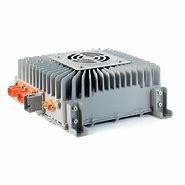
There are three levels of EV charging; Level 1, Level 2, and Level 3. Level 3 is broken into DC Fast Charging and (Tesla) Supercharging. The higher the level of charging, the faster the charging process, as more power is delivered to the vehicle. It’s important to note that different EVs charge at different speeds on each level, because each EV can accept different levels of power from the EVSE, industry-speak for electric vehicle supply equipment, the charger.
When an electric vehicle is plugged in, there’s a communication process before the charger is energized. Basically, the car asks the charger how much power it can deliver, and then the car calls for the maximum amount of power that the station can deliver and the vehicle can accept.
The car always determines how much power it accepts, so there’s no need to worry about plugging into a charging station that can deliver more power than your EV can handle. The car will not allow the charger to deliver too much power.
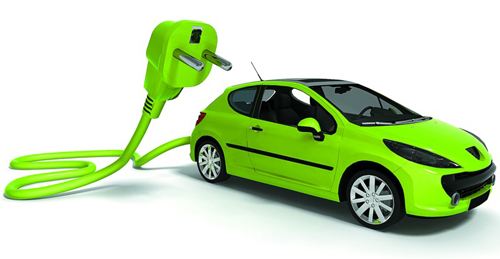
Connectors Used: J1772, Tesla
Charging Speed: 3 to 5 Miles Per Hour
Locations: Home, Workplace & Public
Level 1 charging uses a common 120-volt household outlet. Every electric vehicle or plug-in hybrid can be charged on Level 1 by plugging the charging equipment into a regular wall outlet. Level 1 is the slowest way to charge an EV. It adds between 3 and 5 miles of range per hour.
Level 1 charging works well for plug-in hybrid electric vehicles (PHEVs) because they have smaller batteries, currently less than 25 kWh. Since EVs have much larger batteries, Level 1 charging is too slow for most daily charging, unless the vehicle isn’t needed to drive very far on a daily basis. Most BEV owners find that Level 2 charging better suits their daily charging needs.
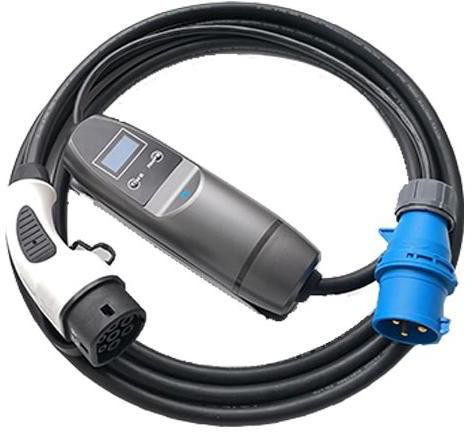
Connectors Used: J1772, Tesla
Charging Speed: 12 to 80 Miles Per Hour
Locations: Home, Workplace & Public
Level 2 charging is the most commonly used level for daily EV charging. Level 2 charging equipment can be installed at home, at the workplace, as well as in public locations like shopping plazas, train stations and other destinations. Level 2 charging can replenish between 12 and 80 miles of range per hour, depending on the power output of the Level 2 charger, and the vehicle’s maximum charge rate.
Most BEV owners choose to install Level 2 charging equipment at their residence, because it charges the vehicle up to 10 times faster than Level 1 charging. Charging from a Level 2 source usually means the vehicle will be completely charged overnight, even if you plugged with a nearly empty battery.
Level 2 chargers can deliver up to 80 amps of power. But that requires a 100-amp 208-240V dedicated circuit and a heavy, costly supply line from the breaker box. Most owners will be well served choosing a 40-amp charger that can deliver 9.6 kW to the EV. A 48-amp charger can charge slightly faster at 11.5 kW, but requires a heavier gauge wire and the charger must be hardwired to comply with the NEC code. Therefore, 48-ampchargers can cost significantly more than a 40-amp unit and offer only marginally faster charging.
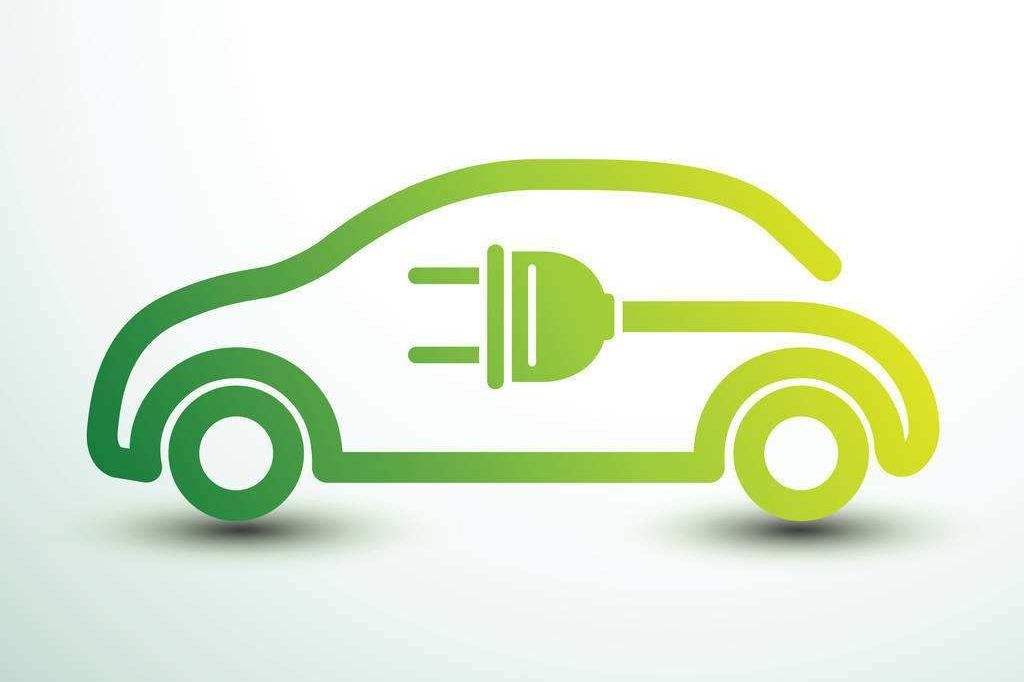
Connectors Used: Combined Charging System (Combo), CHAdeMO & Tesla
Charging Speed: 3 to 20 Miles Per Minute
Locations: Public
Level 3 charging is the fastest type of charging available and can recharge an EV at a rate of 3 to 20 miles of range per minute. Unlike Level 1 and Level 2 charging that uses alternating current (AC), Level 3 charging uses direct current (DC). The voltage is also much higher than Level 1 & 2 charging, which is why you don’t see level 3 chargers installed at home. Very few residential locations have the high-voltage supply that is required for level 3 charging.
Additionally, DC Fast Chargers cost tens of thousands of dollars. So even if your residence has 400-volt electricity service, the cost to install the charger would most likely cost more than your EV. Tesla calls their Level 3 chargers Superchargers; others are called DC Fast Chargers. Current Nissan EVs use a third specification, CHAdeMO.
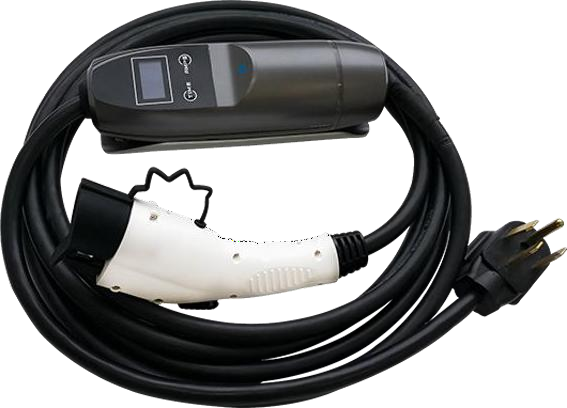
In North America, all EVs except Tesla use the same connector for Level 1 and Level 2 charging, called J1772 or the “J-Plug.” For Level 3 charging there are three standards currently in use. Tesla uses its proprietary plug, Nissan and Mitsubishi use the Asian standard called CHAdeMO, and all other manufacturers use the Combined Charging System, CCS or “Combo” plug. However, Nissan recently announced they will be switching to the Combo plug for Level 3 charging in their new EVs in North America and Europe beginning later in 2021.
Most homes in the US can add a circuit for a Level 2 charger without the need to upgrade the service. A Level 2 charger needs a dedicated 240-volt circuit like that of an electric clothes dryer or electric kitchen range. In some instances, you can even share the existing circuit that powers the electric clothes dryer with your Level 2 EV charger if it’s located in your garage, or nearby.
Level 2 chargers cost between $250 and $1,000, depending on the power and features available. Installation typicaly range from $200 to $1,000, and into the thousands if you require a service upgrade to add the additional circuit needed. It’s wise to consult the advice of a licensed electrician before purchasing an EV, so you know exactly how much it will cost to install the home charging equipment in advance. A federal tax credit can offset up to 30% of the cost of buying and installing a charger. It’s effective through the end of 2021.
Every electric vehicle comes with a portable charger. Some are Level 1, some are Level 2 and others come with adapters that allow them to plug in and charge from both Level 1 and Level 2 outlets. Some units are all the owner will need to charge their EV, but others aren’t powerful enough and owners will want to buy a more powerful charger. You need to check the power output of the standard charger and see how it matches up with your charging needs, based on how many miles you drive in a typical day.
No. Tesla Superchargers can only be used to charge Tesla vehicles. The Tesla Supercharger network is a proprietary network installed by Tesla for Tesla customers only.
Yes. Tesla sells a $400 adapter that allows Tesla owners to plug into CHAdeMO DC fast chargers. Tesla also plans to sell a Combo adapter so Tesla owners can also access DC Fast chargers with the Combo standard. Tesla to Combo adapters are already available in Europe, but the North American Combo plug is slightly different, so a different adapter needed to be developed.
Level 3 chargers are operated by private charging networks, and the pricing varies greatly from network to network. Some bill the customer by how long the vehicle is connected to the charger, while others bill by how much energy was dispensed. Charging your EV on a level 3 charger will almost always cost much more than charging at home and can cost 2 to 3 times as much at some locations. At that point, the cost to drive on electricity is nearly the same as the cost to drive using gasoline although with lower total emissions.
Most EV charging networks offer discounted charging if you join a monthly or yearly service plan that requires you to pay a fee. However, if you use the network more than once a month the savings usually more than cover the cost of the monthly membership.
Many automakers offer discounted or even free charging for a number of years on a particular charging network. In some cases an EV can come with free unlimited charging for up to three years on a partner network. Always ask your dealership if any discounted or free charging plans come with the EV you’re considering.

Range-added time for Level 3 chargers is often described in miles per minute (not hour) because of the speed (3-20 miles of range added per minute in this example). Level 3 charging rates (speeds) can vary considerably by vehicle, depending on the EV’s ability to accept power.
Next:Good quality Lithium battery charger is convenient and faster
Previous:Best Electric vehicle on-board charger (OBC)
Contact Person: Miss. Kiki
| WhatsApp : | +8617763224709 |
|---|---|
| Skype : | +8617763224709 |
| WeChat : | +8617763224709 |
| Email : | kiki@lifepo4-battery.com |